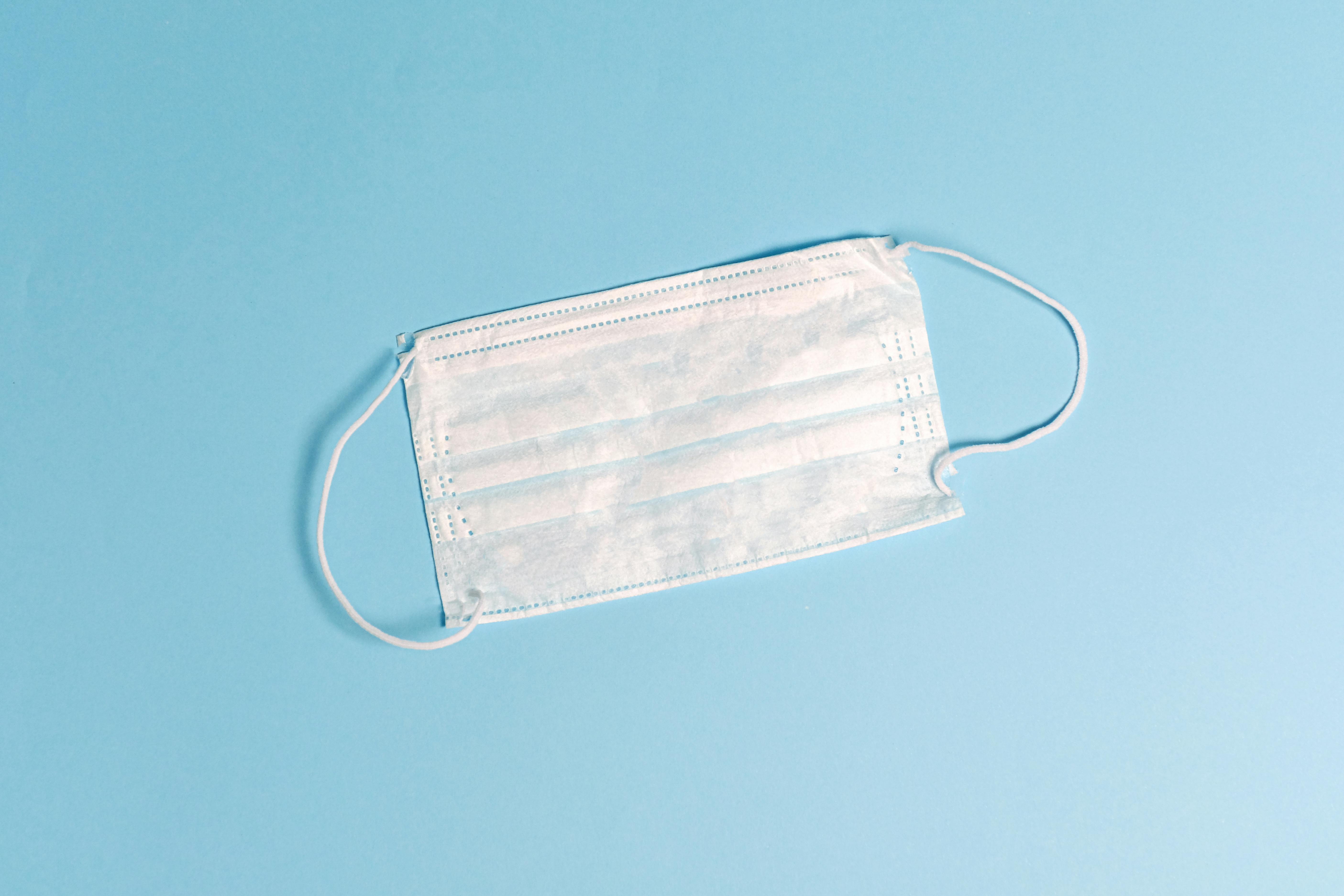Healthy Whole Food Eating: The Basics

I encourage my patients to live in a way that supports life. To that end, I advocate a “whole food, clean food” diet. The general principles are quite simple. Our food must be minimally processed and free of antibiotics, hormones, pesticides, flavor enhancers and other additives.
Here are some questions to ask if a food is whole or not (with help from Cynthia Lair, author of Feeding the Whole Family):
o Does the food look like it once lived on this planet? Lettuce, eggs, yes. Marshmallows, NutraSweet, no.
o How many ingredients does it have? Whole foods have one ingredient: themselves.
o What has been done with the food since it was harvested? Read the label. If the label reads more like chemistry, don’t eat it.
o Is this product a “part” of a food or is it the “whole” food? Juice is just one part of a fruit. The oil is only part of the olive. When you eat part foods, your body craves the part it didn’t get, because for millennia, whole food has been the only food it’s ever known.
The cleanest food is organic food, period. We all need to eat organic whenever possible. But start with the three dirtiest foods: water, meat/fish, and cow’s milk.
o Cleaning the water is easy. Buy reverse osmosis or distilled water, or get a purifier using one of these methods for your home. Spring water is simply someone else’s tap water.
o Eat grass-fed, finished meat and eggs that are free of antibiotics and hormones. Add plant protein sources to your diet, such as tempeh or beans to offset the cost. Most of us are eating too much meat anyway.
o Eat only ocean fish. Farm-raised fish are the dirtiest. The Environmental Working Group maintains a current list of fish to avoid.
o Cow’s milk products, including yogurt, cheese, and ice cream, should be completely avoided, with the exception of small amounts of organic butter or ghee. However, stopping all at once will lead to uncomfortable withdrawal symptoms. Give yourself at least two weeks, working meal by meal.
After these foods have been cleaned, start with fruits and vegetables. Smooth, thin skins absorb pesticides better. Shop these organic below. Always wash fruits and vegetables, even organic ones, with vegetable soap and water. By now, the difference between organic and conventional will be very clear, and you’ll be looking for organic foods whenever possible. In Kansas City, where I live, we are fortunate to have the Kansas City Food Circle. They maintain a directory of local organic and natural food producers. Find a similar organization near you.
Don’t dirty clean food by cooking it in aluminum or plastic containers. Aluminum, a known brain toxin, leaches into food from cookware. Plastic leaches hormone-like compounds into our food. Instead, use cast iron, stainless steel, glass, ceramic, or clay.